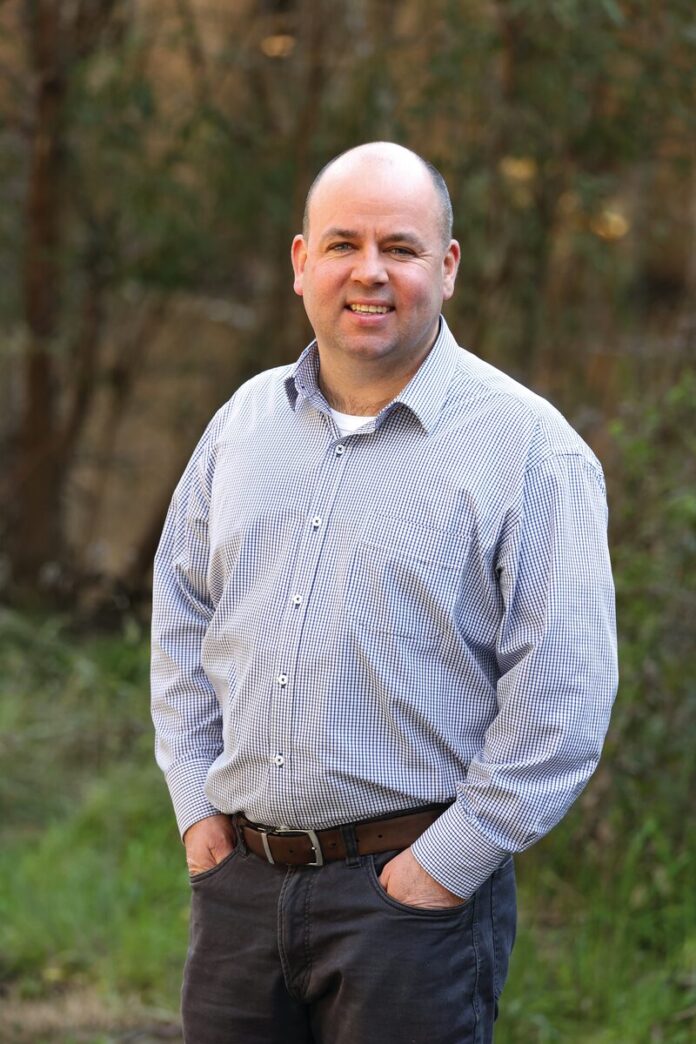
REGIONAL pharmacy operators are concerned about the impact of the Government’s proposed shift from 30 day to 60 day prescriptions. Federal Member for Nicholls, Sam Birrell, shares the concerns.
The Albanese Government has announced that 60 days supply of hundreds of common medicines on the Pharmaceutical Benefits Scheme will be able to be prescribed from September 1.
“Independent chemists in large and small towns across my electorate are telling me the financial impact of this change will threaten the viability of some outlets or result in reduced services,” Mr Birrell said.

“These are owner operated businesses and the Government must guarantee that this change will not harm the viability of community pharmacies. Cost of living is the biggest issue for many Australians, particularly those on fixed incomes. Fewer visits to the doctor to get a prescription, and double the supply of medicines for each script, will provide savings to patients, but the question is at what cost, and who is really paying for it?”
Mr Birrell said regional pharmacies are also concerned about the impact of less frequent contact with customers to monitor their response to medication, wastage and stockpiling of medicines.
“On face value, it looks like the Albanese Government is forcing community pharmacies to underwrite the so-called savings by forgoing dispensing fees, without any guarantee that small independent pharmacists, who play an integral role in the provision of primary healthcare in regional communities can remain viable.”





